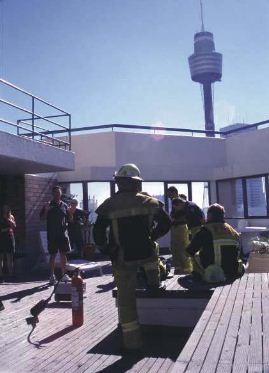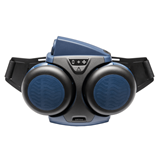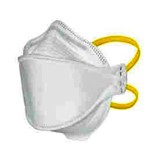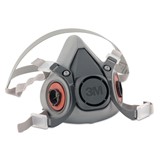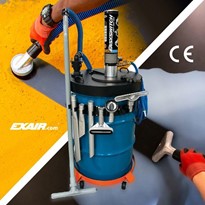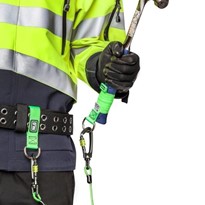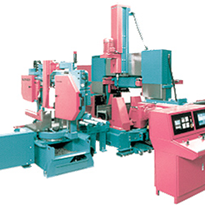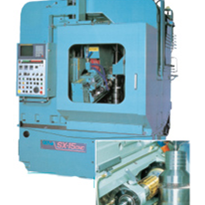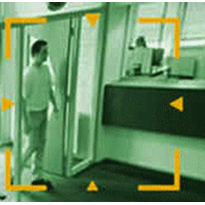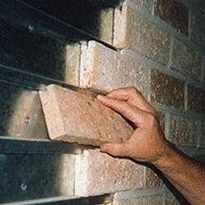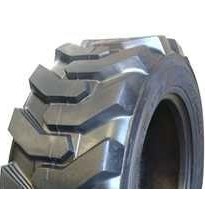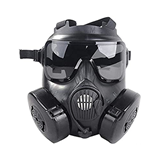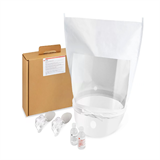The study serves to confirm a situation that has been known for some sixty years,but is rarely discussed or referred to. The research also found that many respirators — although they comply with the Standards — are simply incapable of satisfying users' actual demands for air. Such devices do not allow a wearer to breathe normally at work.
The tests, conducted by The S.E.A. Group (Safety Equipment America), were prompted by the events following the September 11 tragedy at the World Trade Center in New York. Rescue and recovery personnel, issued with industrial respirators, could not perform their required tasks, chiefly because they could not draw enough air through the filters.
"We constantly find serious deficiencies in all types of breathing gear," says Mr Goran Berndtsson, CEO of The S.E.A. Group.
"We have established that it's not only fire-fighters working under extreme pressure and great workloads that experience inadequate air supply: just about any worker can easily out-breathe the equipment while performing normal routines."
Historical reasons
Mr Berndtsson points out that the great divergence between test methods and actual breathing has been known for a long time. The air flow used in US Standards testing dates back as far as the First World War, when it was believed — wrongly — that humans breathe on average a volume of 42.5 liters/minute. Since we spend as much time inhaling as exhaling, the experts said, the air must travel at a speed of 85 liters/minute. This has since proved to be far from true.
Only twenty years later, during WWII, the noted Dr Leslie Silverman found that people breathe at much higher flow rates, and that the speed of the air flow is not double the volume inhaled, but more like 3.5 times greater. He stated officially that the test flows were unrealistically low, and should be raised.
"What troubles me is that although we now have the technology and know-how to make filters and cartridges that can satisfy human breathing without cutting corners on efficiency, the Standards have not changed," Mr Berndtsson says.
"We are still testing according to sixty-year-old methods. The result is that air purifying respirators are still made and used today, that will never be able to live up to the requirements of real life. This was sorely and sadly demonstrated in the WTC incident."
To continue reading this article please click here


